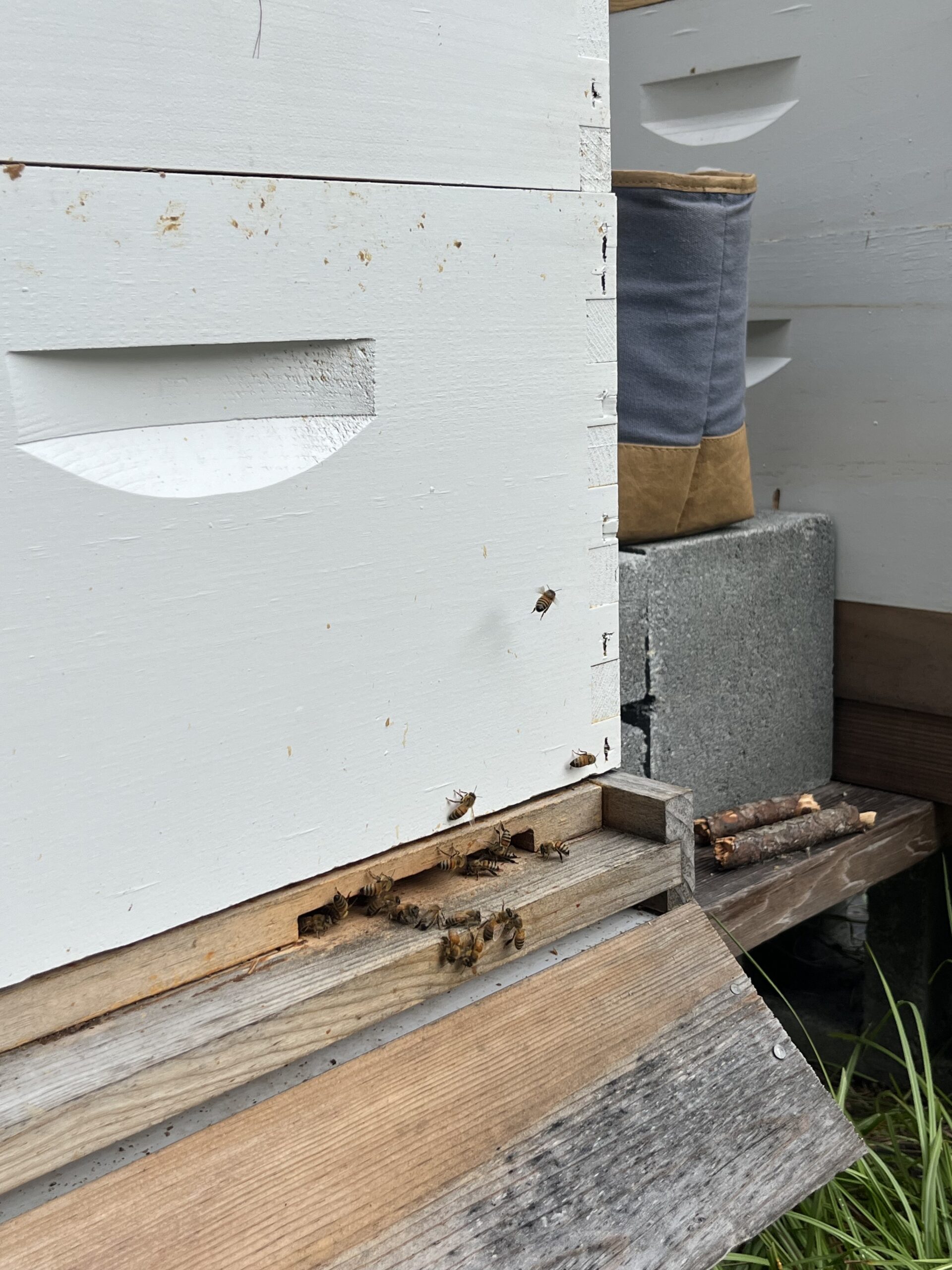I had always assumed the spring and summer months would be the most challenging as a beekeeper, but I am quickly learning that is not the case. The bees are rather self-sufficient in the warmer months, having plenty of food and water resources and the ability to come and go as they please. In these colder months, they become more reliant on my help at times. In temperatures under 55 degrees, they will not come out to forage- plus there is little to forage this time of year anyways.
One of my two hives tried re-queening in the late fall. They had successfully hatched a replacement queen, but it turned out there were no drones (male bees) in the area for her when she went on her mating flight. Thus, she returned unmated, which is a problem. Because it was later in the season and the temperatures were getting cooler, I decided to combine the essentially queenless hive with my other strong hive. It was an amazing process to learn and see happen, but in the end, it was successful and the other hive happily accepted more helpers (and resources) into their already bustling hive.
Come early spring, I will split the hives back up and the hive will be able to re-queen and this will also likely avoid losing bees to swarming in the early season. For now, I plan to just check in on any warmer days and replace any empty honey frames with the extras I have stored at home as well as providing a pollen substitute for protein to ensure they do not starve.
